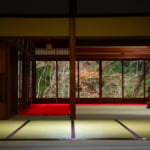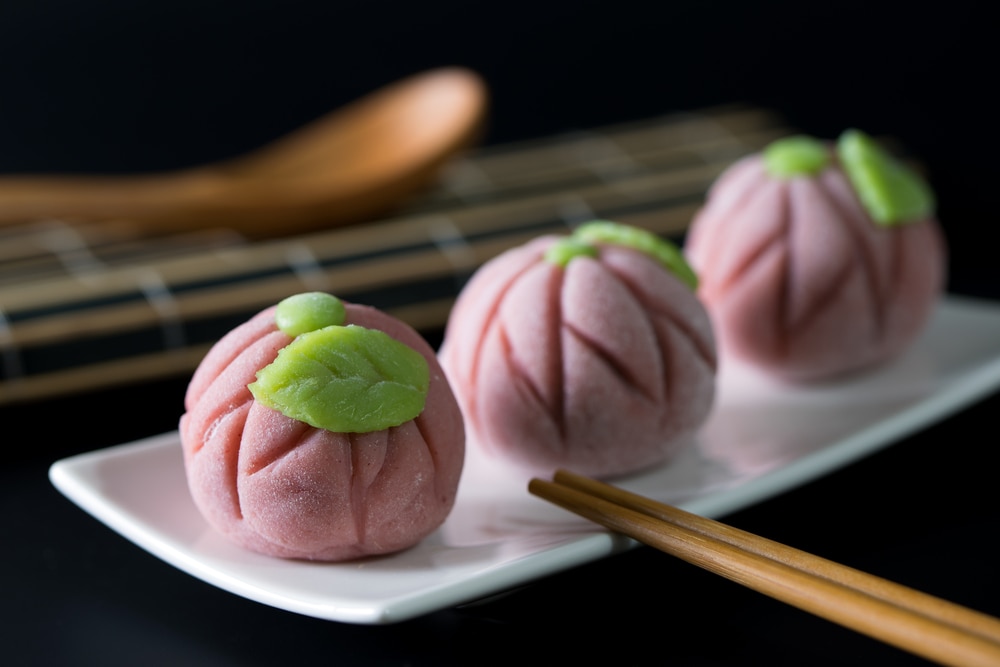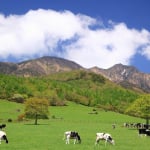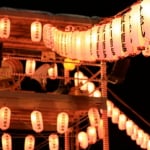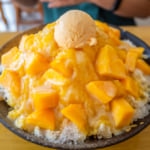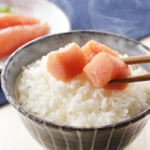Photo by Kenishirotie/Shutterstock
10 Types of Traditional Wagashi Sweets to Try in Japan
Wagashi are a treat for the eyes as well as the palate. While many of these traditional sweets are meant to be enjoyed with a cup of bitter green tea, others can be enjoyed at any time of day. These ten quintessential Japanese wagashi should be high on your list of things to try during a visit to Japan.
table of contents
[x] close
10 Types of Traditional Wagashi Sweets to Try in Japan
Daifuku
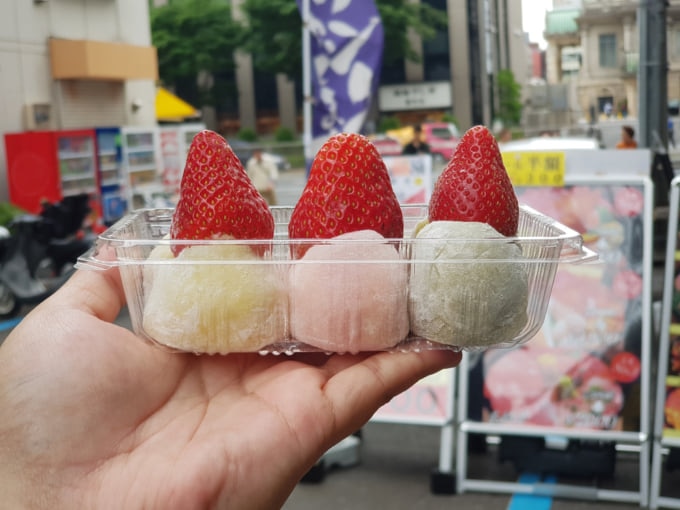
Photo by Jeeyuu/Shutterstock
Daifuku are soft, chewy mochi balls filled with sweet adzuki bean paste. One particularly tasty modern twist is *ichigo-daifuku*, where a whole strawberry—either fresh or dried—is tucked inside the sweet red bean paste, all wrapped in that smooth layer of mochi. It’s a delightful blend of textures and flavors, with the tartness of the strawberry balancing the sweetness of the beans and the soft chewiness of the mochi.
Castella (Kasutera)
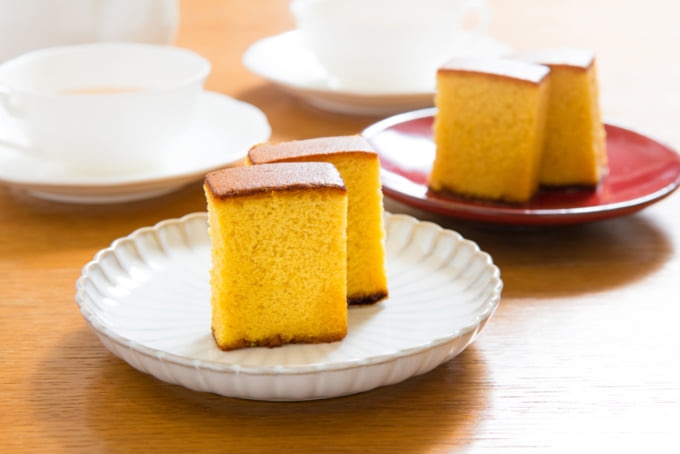
Photo by chuck hsu/Shutterstock
Kasutera is a simple sponge cake that came to Japan about 400 years ago, thanks to Portuguese traders. It’s made from basic ingredients like flour, eggs, sugar, and sweeteners, but what makes it special is the baker’s touch. Since there’s no artificial leavening, the cake’s texture and flavor depend entirely on the baker’s skill. Each bakery has its own version, and some bakers have spent their whole lives perfecting it, so you’ll find subtle differences in taste wherever you try it.
Dango
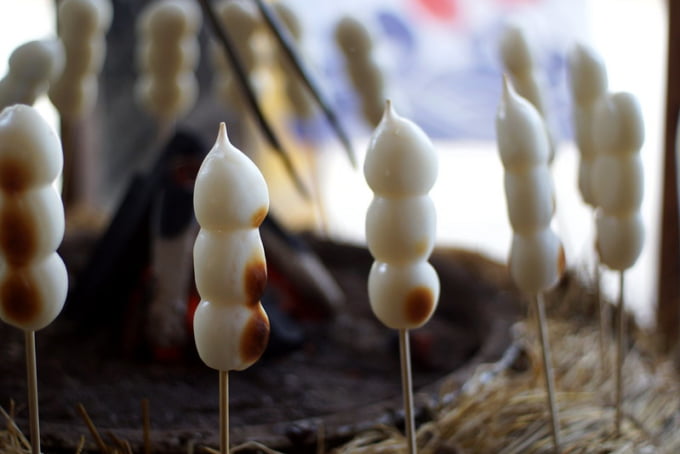
Photo by M's Photography/Flickr
Dango are about as simple as it gets—just rice flour and water—but there’s something really comforting about them. The dough is steamed and pounded, giving it that chewy texture, kind of like mochi, but made from flour instead of whole rice. Sometimes they add other ingredients for a pop of color or flavor. You can find dango that are sweet, savory, or even a bit of both. It's a humble snack, but one that definitely hits the spot.
Dorayaki
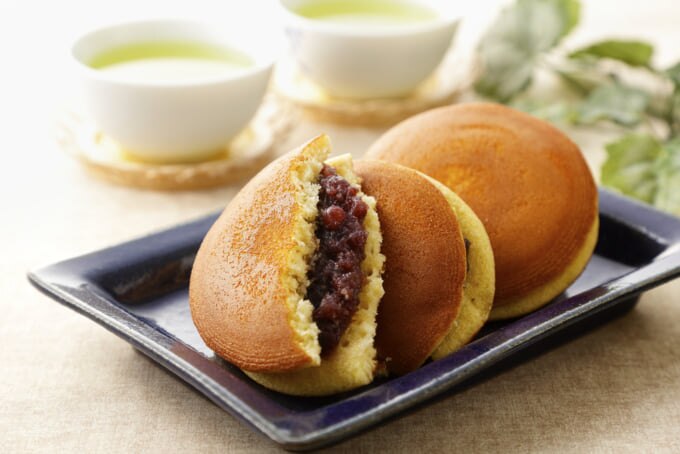
Photo by Nishihama/Shutterstock
Dorayaki is a must-try when you’re in Japan! These delightful snacks feature sweet bean paste nestled between two fluffy pancakes. The pancakes have a texture similar to castella cake but are a bit denser and spongier. What’s great is that you can find a variety of fillings nowadays, from classic sweet bean paste to exciting options like sweet potato and cream. It’s the perfect sweet treat to enjoy anytime!
Monaka
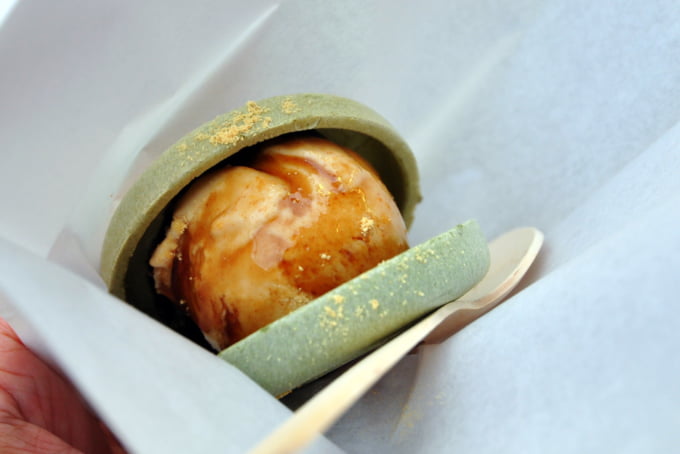
Photo by yoppy/Flickr
Monaka features a delightful crispy shell made from a thin layer of mochi that’s been shaped and baked to perfection. Traditionally, it’s filled with sweetened red or white bean paste, but you’ll also find some exciting variations like ice cream, custard, and shirotama, a type of dango. Each bite is a fun mix of textures and flavors, making monaka a treat that’s definitely worth indulging in!
Nerikiri
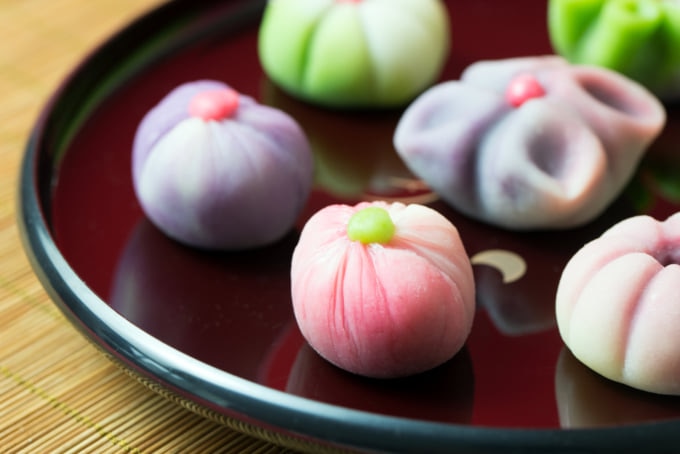
Photo by By Kenishirotie/Shutterstock
Nerikiri is as much about the visual appeal as it is about the taste. Made from a mix of Chinese yam, rice flour, and sweetened white bean paste, these wagashi come in beautifully crafted shapes that are perfect for Instagram. Inside, you'll often find a sweet surprise of adzuki paste. What really sets nerikiri apart is how its designs reflect the changing seasons, making each piece feel special and tied to nature. Enjoying nerikiri is like savoring a little slice of art!
Ohagi
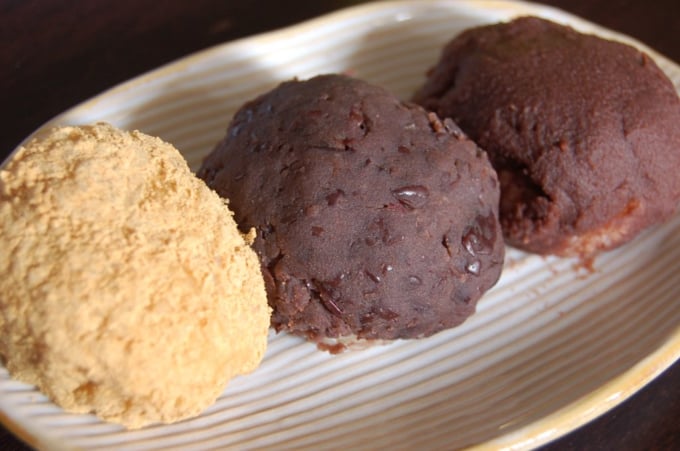
Photo by kuromeri/Flickr
These delightful autumn wagashi are crafted from steamed glutinous rice, often referred to as mochi rice, paired with sweetened adzuki paste. The process involves rolling the rice into small, playful balls and then coating them in a variety of delicious toppings, such as sugar, ground sesame seeds, or roasted soybean flour (kinako). Each bite offers a comforting mix of textures and flavors, making them a perfect treat to enjoy as the leaves start to change!
Warabi Mochi
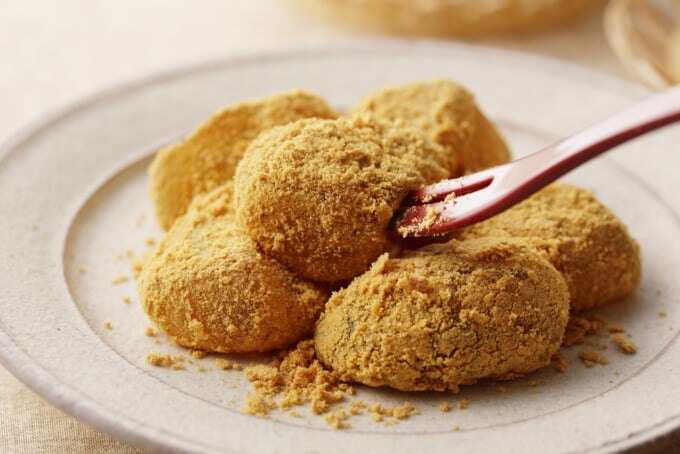
Photo by Nishihama/Shutterstock
Warabi mochi is a delightful summer treat made from sugar, water, and starch from warabi roots, a type of bracken fern. After steaming, it’s cut into bite-sized pieces and sprinkled with kinako, a roasted soybean flour that adds a nutty flavor. With its chewy, jelly-like texture, warabi mochi is a refreshing way to enjoy a taste of traditional Japanese sweets on warm days.
Wasanbonto no Uchigashi
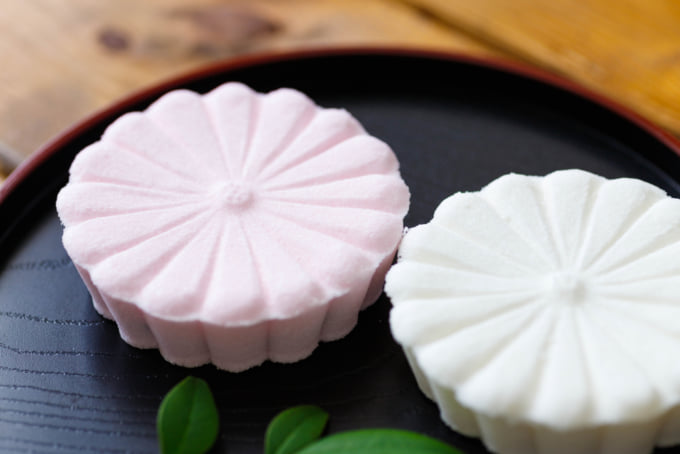
Photo by Koarakko/Shutterstock
This wagashi is named after “wasanbonto,” a special sugar that’s unique to Japan. It’s made by mixing water with wasanbonto and then pressing the mixture into wooden molds until it’s firm and dry. What’s really fun is the endless variety of shapes you can find—everything from fish and flowers to famous landmarks and everyday objects. Each piece is not just tasty but also a little work of art, making them a treat for both the taste buds and the eyes!
Yokan
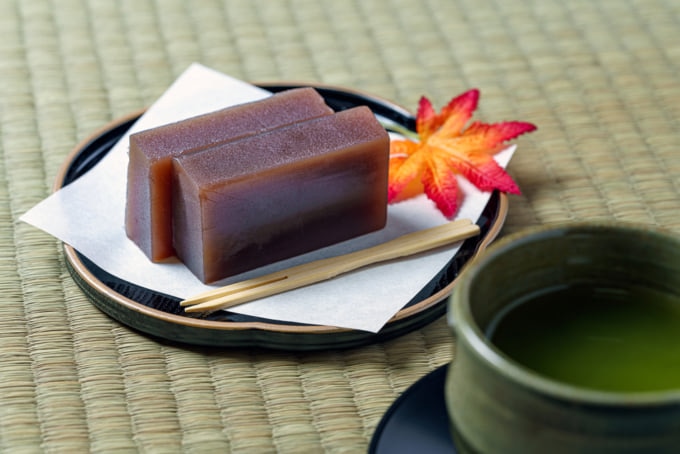
Photo by Wako Megumi/Shutterstock
Yokan is a delightful, jelly-like dessert made from sweetened adzuki bean paste and agar-agar, a gelling agent from red algae. The mixture is dissolved in hot water and then cooled in a mold until it sets into a thick, satisfying treat. You can find various flavors, including matcha, whole red beans, and even chestnuts. Each version brings a unique twist, making yokan a versatile and enjoyable snack to savor any time of day!
In Conclusion
Traditional Japanese wagashi are a delightful pairing with a cup of bitter green tea, balancing out the sweetness beautifully. But don’t restrict yourself to just teatime! These treats can be enjoyed at any hour and make fantastic companions to your morning coffee as well. Whether you're savoring them with tea or coffee, wagashi always brings a touch of sweetness to your day.
